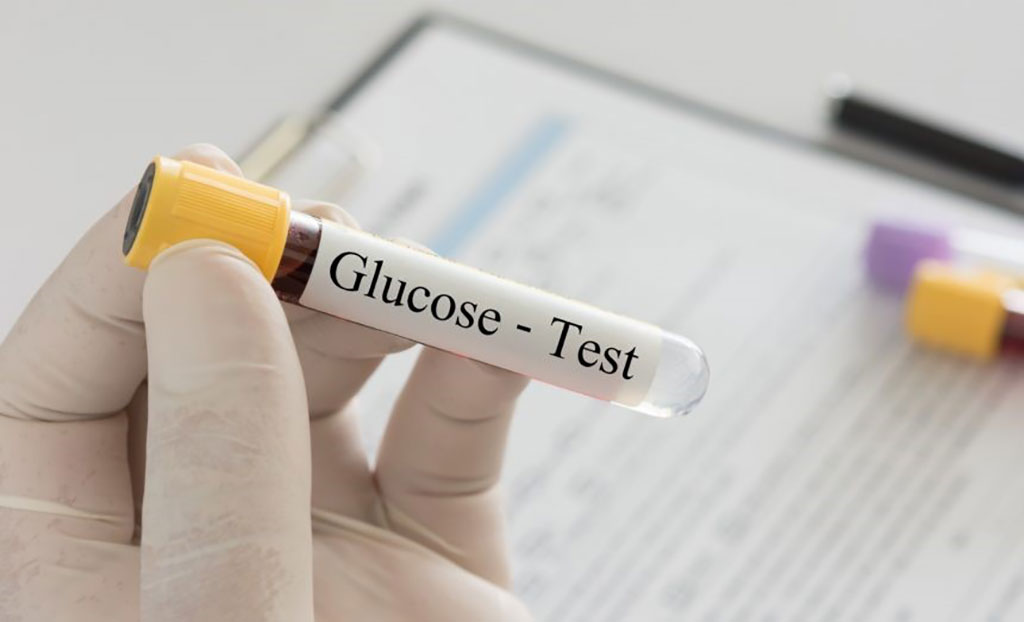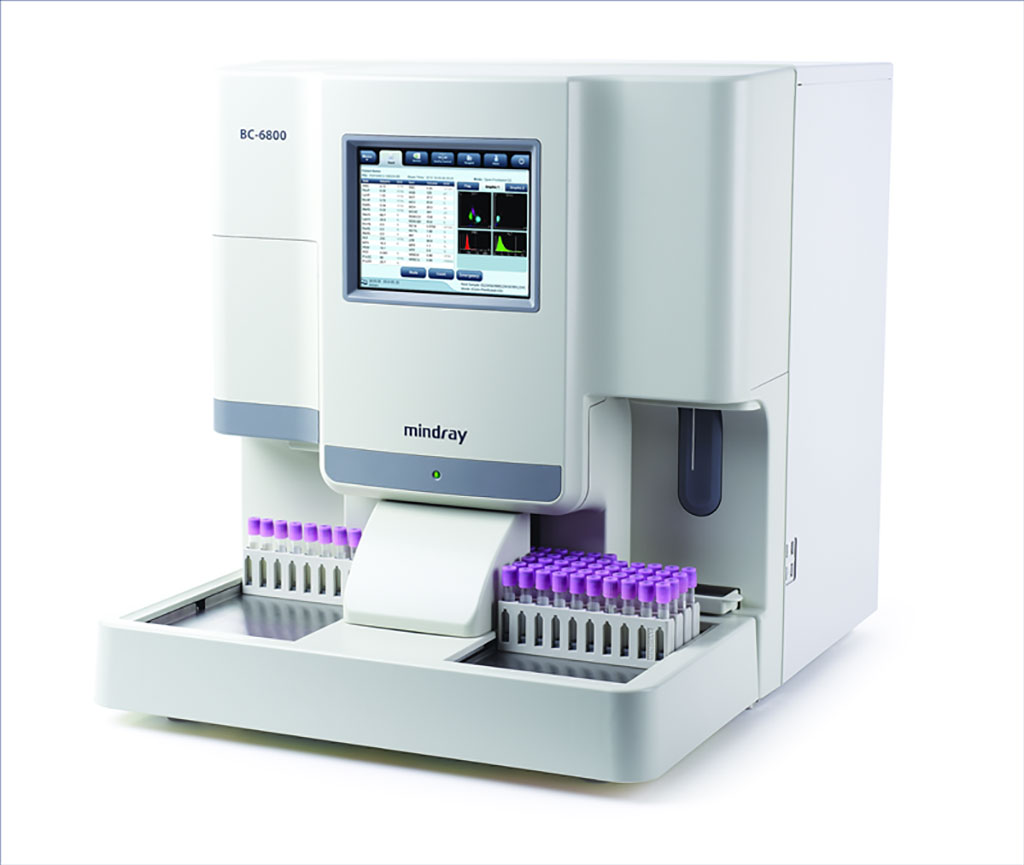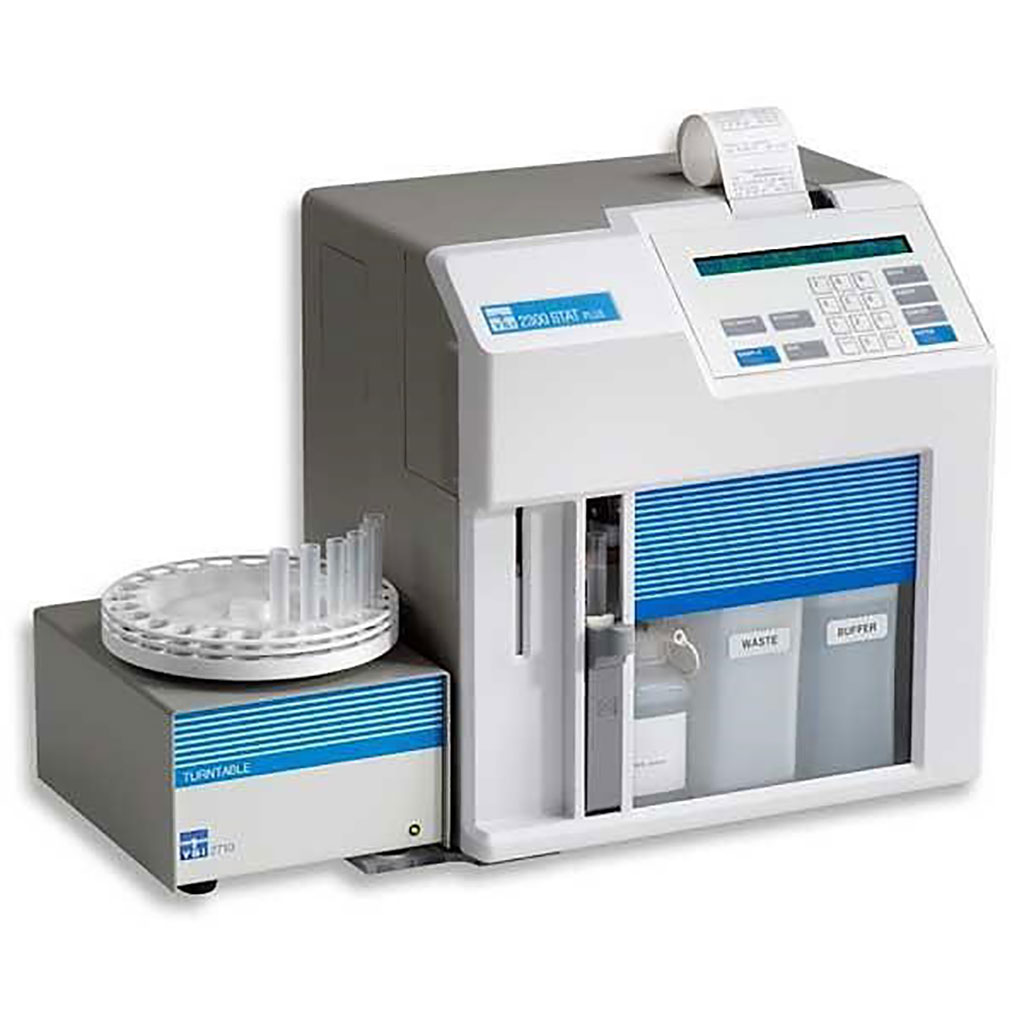Clinical Chemistry


Hyperglycemia Evaluated as a Risk Factor in Pancreatic Cancer
Pancreatic ductal adenocarcinoma (pancreatic cancer) has a five-year survival rate of 9%. Most patients are diagnosed with metastatic disease due to late presenting symptoms and only 10% to 20% are able to undergo surgery with a curative intent. More...23 Jun 2021

Biomarker Predicts Crohn's Disease Relapse in Children
Crohn's disease is a type of inflammatory bowel disease (IBD). It causes inflammation of the digestive tract, which can lead to abdominal pain, severe diarrhea, fatigue, weight loss and malnutrition. Other complications outside the gastrointestinal tract may include anemia, skin rashes, arthritis, inflammation of the eye, and lethargy. More...22 Jun 2021

Serum Leptin Concentration Predict Cardiovascular Outcomes in Hemodialysis Patients
Leptin, a 16-kDa protein product mainly secreted by adipocytes, has been known to increase energy expenditure, suppress appetite, and leads to weight loss. Hyperleptinemia was common in maintenance hemodialysis (MHD) patients, and it was likely to be one of the causes of anorexia and malnutrition. More...21 Jun 2021
Urinary Sodium/Potassium Ratio Screens for Hyperaldosteronism in Hypertensive Men
Among individuals with hypertension, the prevalence of secondary hypertension has been reported to be around 10%. More than half of individuals with secondary hypertension have associated hyperaldosteronism. More...08 Jun 2021

Platelet Indices Analyzed for Tuberculosis and Diabetes Mellitus Co-Morbidity
Studies have demonstrated that some diseases accelerate Tuberculosis (TB) occurrence and development. Type 2 diabetes mellitus (DM) has been verified as one of the threatening risk factors for TB, and patients have three times the risk of developing TB compared to non-diabetic patients due to pathogenic mechanisms and metabolic factors. More...03 Jun 2021

Low-Density Lipoprotein Cholesterol Is Associated with Insulin Secretion
Dyslipidemia is characterized by low levels of high-density lipoproteins (HDLs), hypertriglyceridemia, high total and low-density lipoprotein (LDL) cholesterol concentrations, as well as an increased proportion of small dense lipoproteins. More...02 Jun 2021
In Other News
Serum Based Antigen Test Detects Childhood Tuberculosis
Low Sugar Metabolite Associated with Disability, Neurodegeneration in MS
Non‐Invasive Urine Markers Differentiate Renal Cancer from Oncocytoma
Serum Catestatin Level Is Increased in Women with Preeclampsia
Plasma-Based S100B Testing for Management of Traumatic Brain Injury
Novel Diagnostic Test Assesses Risk of Urinary Uric Acid Crystallization
Maternal Multiomic Changes Could Predict Onset of Labor
Meconium Microbiome Can Help Predict Risk of Developing Allergies
Maternal Free Thyroxine Associated with Gestational Diabetes
ANGPTL8 Levels Associated with Hyperlipidemia in Primary Nephrotic Syndrome
Altered Perivascular Fibroblast Activity Precedes ALS Disease Onset
Blood-Based Markers Tied to Brain Cell and Memory Loss
Serum α-L-Fucosidase Activity Measured for COVID-19 Infection
Urinary Heat Shock Protein 70 Evaluated in Chronic Prostatitis
Breath Test Determines Severity of Methylmalonic Acidemia Disease
Vitamin D Deficiency Linked to Metabolic Changes in Lupus Patients
Circulating Calprotectin as Biomarker in Neutrophil-Related Inflammation
Coagulation Dysfunction and Infection Evaluated in Patients with AECOPD
High Liver Enzymes Increase Diabetes Risk for Hispanic Adults
Performance of Five Lipoprotein(a) Immunoassays Evaluated
Flow-Cytometric Expression of Endoglin Assessed in B-Acute Lymphoblastic Leukemia
NMR-Based Method Measures Circulating Blood Citrate Levels
Vitamin D Levels Tied to COVID-19 Risk for African-Americans
The Clinical Chemistry channel updates the reader on tests, techniques, and research in the field - from routine assays to specialized tests on blood, urine, enzymes, lipids, hormones and more.











